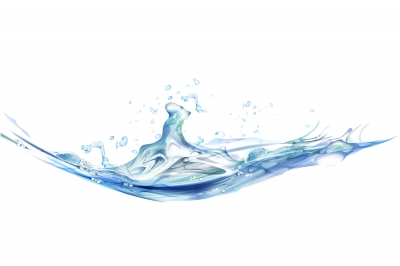 Net Zero is usually affiliated with energy efficiency. There is a water component to Net Zero design that is often overlooked. That is likely because it is yet to be achieved.
Net Zero is usually affiliated with energy efficiency. There is a water component to Net Zero design that is often overlooked. That is likely because it is yet to be achieved.
Net Zero Water plans are comprised of a mixture of techniques, including water recycling, rainfall harvesting, and water conservation methods that are rigorous, to put it lightly. The idea is for a Net Zero home to exist off of the water “grid.”
This seems to be preposterously impossible for city builders. No one–city or country–has successfully constructed a Net Zero Water residence or commercial building. Dozens have tried and all have fallen short of the glory. The Living Building Challenge set its standards high, as they should be, but conditions simply aren’t favorable. There are too many people with high water demands and those demands can’t be satisfied by the amount of rain received in urban areas.
May and June 2011 saw the Mississippi bursting its banks and yet much of the southeast and heartlands are suffering from long terms of drought. You can’t harvest rain that isn’t falling. Recycling water is a bit easier if you are at least starting with a city supply (because again, you can’t recycle rain water that isn’t falling.) Assuming that you can get some water in the first place, purifying it is another challenge. Rainwater isn’t that difficult but grey water takes a bit more effort: create and install a biological waste water treatment center that doesn’t make your home of building look like a small factory. This system includes shellfish, plants, plankton and bacteria that naturally purify water.
There are a myriad of setbacks but the Net Zero challenge still stands. It’s doable, under the right conditions. We just have to wait for those conditions. Until then, we’ll be creative and aim as high as we can to reach Zero.
Image by digitalart